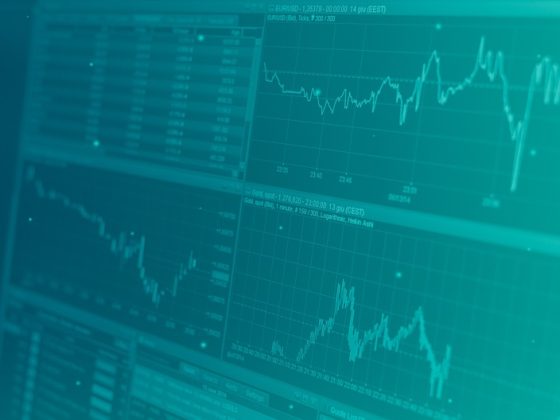If you've been keeping up with the news lately, you might have heard about the “Great Resignation,” a phenomenon that has been disrupting the labor market in recent months. But what exactly is the Great Resignation, and how is it impacting the economy? In this article, we'll dive into the labor market trends that are driving this movement and explore the potential implications for businesses and the economy as a whole.
What is the Great Resignation?
The Great Resignation refers to the significant increase in people voluntarily leaving their jobs in the wake of the COVID-19 pandemic. This trend first emerged in the United States in the spring of 2021 and has since spread to other countries around the world. The reasons behind this mass exodus from the workforce are complex and varied but can be attributed to a combination of factors, including burnout, dissatisfaction with working conditions, and a desire for greater work-life balance.
According to a recent survey by the Pew Research Center, nearly 25% of American workers say they have either quit their jobs or are considering leaving their current positions. This unprecedented wave of resignations has left many industries scrambling to find workers to fill open roles, leading to staffing shortages and disruptions in business operations.
Labor Market Trends Driving the Great Resignation
Several key labor market trends have contributed to the rise of the Great Resignation. One of the most prominent factors is the shift towards remote work, which has allowed workers to reassess their priorities and seek out opportunities that offer more flexibility and autonomy. The pandemic also exposed the disparities in working conditions across different industries, with many workers realizing they were being overworked and undercompensated for their efforts.
Another major trend driving the Great Resignation is the increasing demand for skilled workers in high-growth industries such as technology, healthcare, and e-commerce. As companies compete for talent in these sectors, they are being forced to offer higher wages, better benefits, and more attractive perks to attract and retain employees.
The Great Resignation has also been fueled by a generational shift in attitudes towards work. Millennials and Gen Z workers, who make up a large portion of the workforce, are more likely to prioritize work-life balance, personal fulfillment, and social responsibility in their careers. This demographic cohort is also more willing to take risks and pursue entrepreneurial ventures, leading to a rise in self-employment and freelance work.
Implications for the Economy
The Great Resignation has far-reaching implications for businesses and the economy as a whole. In the short term, companies are facing increased challenges in finding and retaining talent, which can lead to decreased productivity, higher turnover costs, and disruptions in supply chains. Small businesses, in particular, are feeling the pinch as they struggle to compete with larger companies for skilled workers.
The labor shortages caused by the Great Resignation are also driving up wages and labor costs, putting pressure on businesses to raise prices or cut back on hiring. This inflationary pressure could have negative consequences for consumers, who may see higher prices for goods and services as a result.
On the flip side, the Great Resignation could also create opportunities for workers to negotiate better pay, benefits, and working conditions. As companies are forced to adapt to the changing labor market dynamics, they may be more willing to offer incentives such as flexible schedules, remote work options, and professional development opportunities to attract and retain talent.
FAQs
Q: Is the Great Resignation a temporary phenomenon, or is it here to stay?
A: While the Great Resignation may taper off as the economy recovers from the pandemic, many analysts believe that the underlying trends driving this movement, such as the shift towards remote work and the demand for skilled workers, are likely to continue in the long term. Businesses that fail to adapt to these changes may struggle to attract and retain talent in the future.
Q: How can businesses navigate the challenges posed by the Great Resignation?
A: To address the labor shortages caused by the Great Resignation, businesses can take proactive steps such as offering competitive wages, improving working conditions, implementing flexible work policies, and investing in employee training and development. By prioritizing the well-being and satisfaction of their workers, companies can build a more resilient and engaged workforce in the face of ongoing labor market disruptions.
Q: What can workers do to make the most of the Great Resignation?
A: Workers who are considering quitting their jobs or changing careers as part of the Great Resignation should take the time to assess their skills, interests, and values to identify potential opportunities that align with their career goals. Networking, upskilling, and exploring alternative work arrangements such as freelancing or entrepreneurship can also help individuals navigate the challenges and uncertainties of the current labor market.
In conclusion, the Great Resignation is a complex and multifaceted phenomenon that is reshaping the labor market in profound ways. As businesses and workers navigate the challenges and opportunities presented by this movement, it is essential to adapt to the changing dynamics of the workforce and explore new strategies for attracting, retaining, and investing in talent. By embracing flexibility, innovation, and collaboration, companies and individuals can thrive in the post-pandemic economy and build a more resilient and sustainable future for all.











